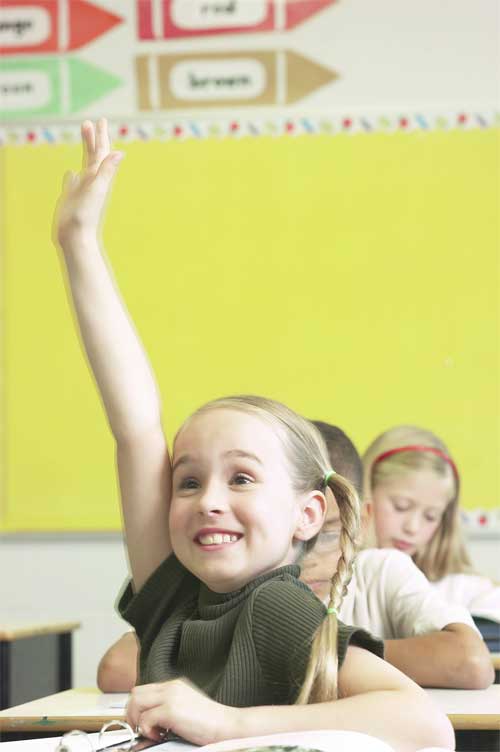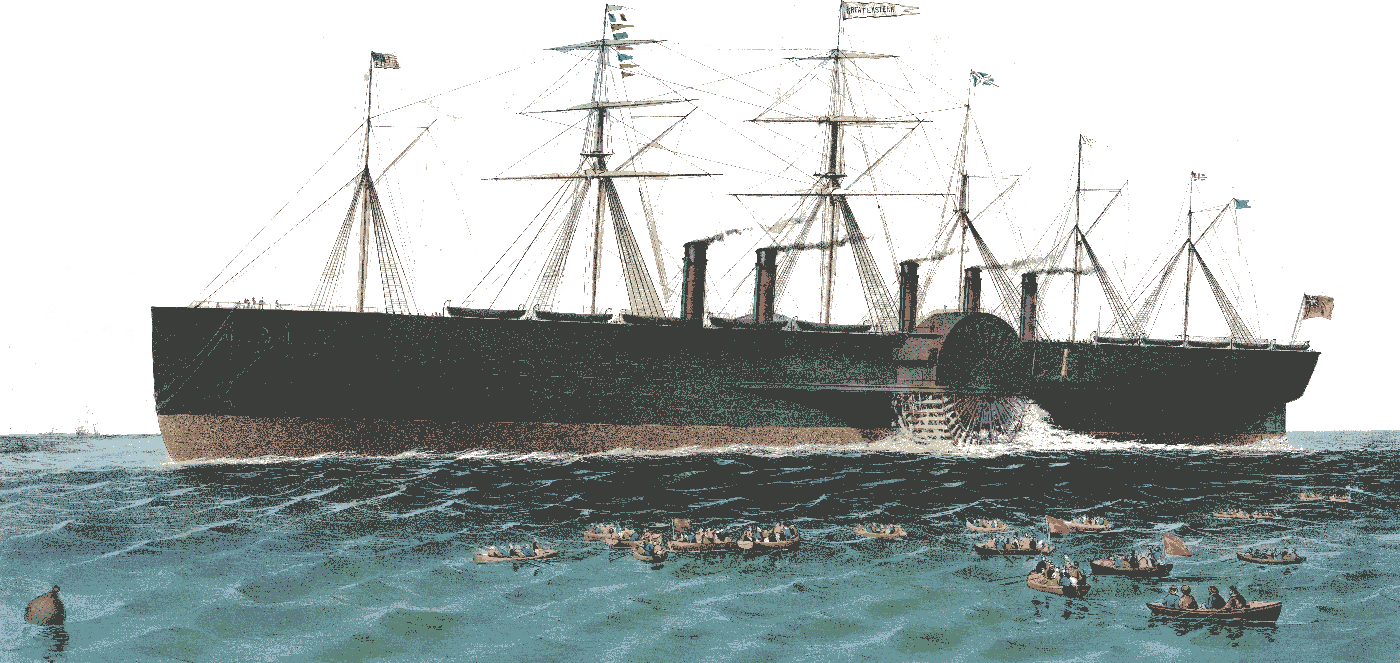
USING CHILDREN'S FICTION AS A RESOURCE TO TEACH SCIENCE AND OTHER SUBJECTS AT KS2
It is axiomatic to say that the longer a preconception is held, the more difficult it is to change it. Attitudes towards subjects such as science may well be formed at primary stage and certainly gender stereotyping is evident at a young age. It follows that the earlier the intervention can take place to enthuse pupils about such subjects as science and engineering – and counter gender stereotyping – the better.
One way this could be done is through the medium of fiction – as a way into other subjects, such as science, technology, history etc. Indeed Tower Hamlets Children’s Library Service has produced a list of fiction books which include elements of the sciences designed for young people up to 16 years of age. Click the button 'Book List' on the left to access it.
THE EVIDENCE: There is already evidence to support the opinion that fiction can play a part in tackling gender stereotyping at primary school age and thus influence career choice at a later age. The June 2002 Review by the Social Science Research Unit, University of London* concluded that tackling gender stereotyping at the primary school stage is vital, as it develops early and quickly. Various interventions were reviewed including the use of fiction in challenging gender stereotypes.
For example, in a study by A. Wing, children were read Bill’s New Frock by Anne Fine. The content of the book was discussed with them. Children were able to articulate, and reflect on, their stereotypical constructions of gender and those in the world at large. There was evidence of children considering ‘the different treatment that boys and girls receive’, and of classroom discussion enabling stereotypes to be challenged.
And, in a study by D. Woodward, it was shown that through reviewing and discussing books, both boys and girls modified their gendered attitudes in terms of their attitudes towards, and expectations of, the characteristics of the opposite sex.
* "A systematic review of classroom strategies for reducing stereotypical gender constructions among girls and boys in mixed–sex UK primary schools"
For a list of relevant educational website links, click here




